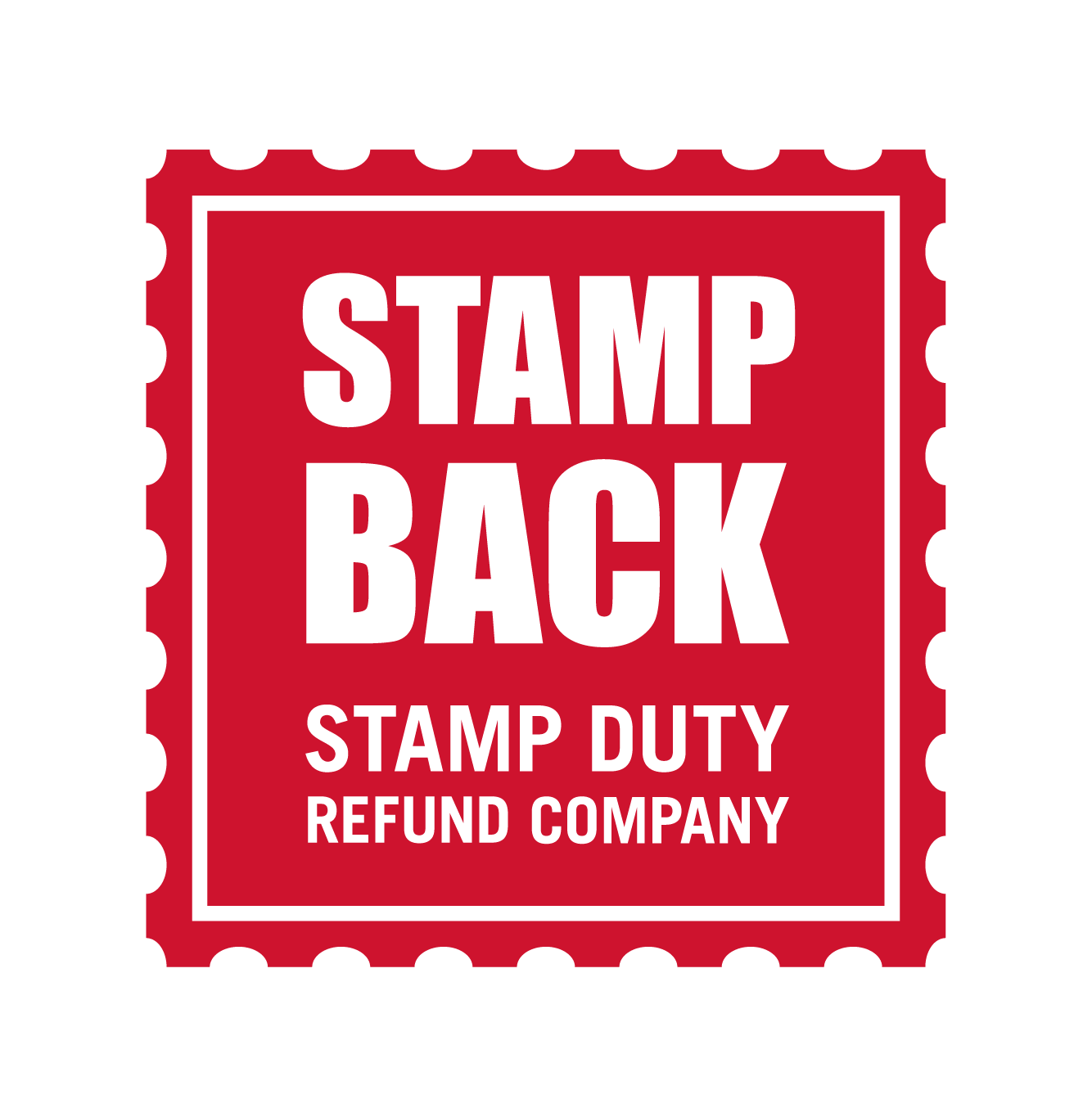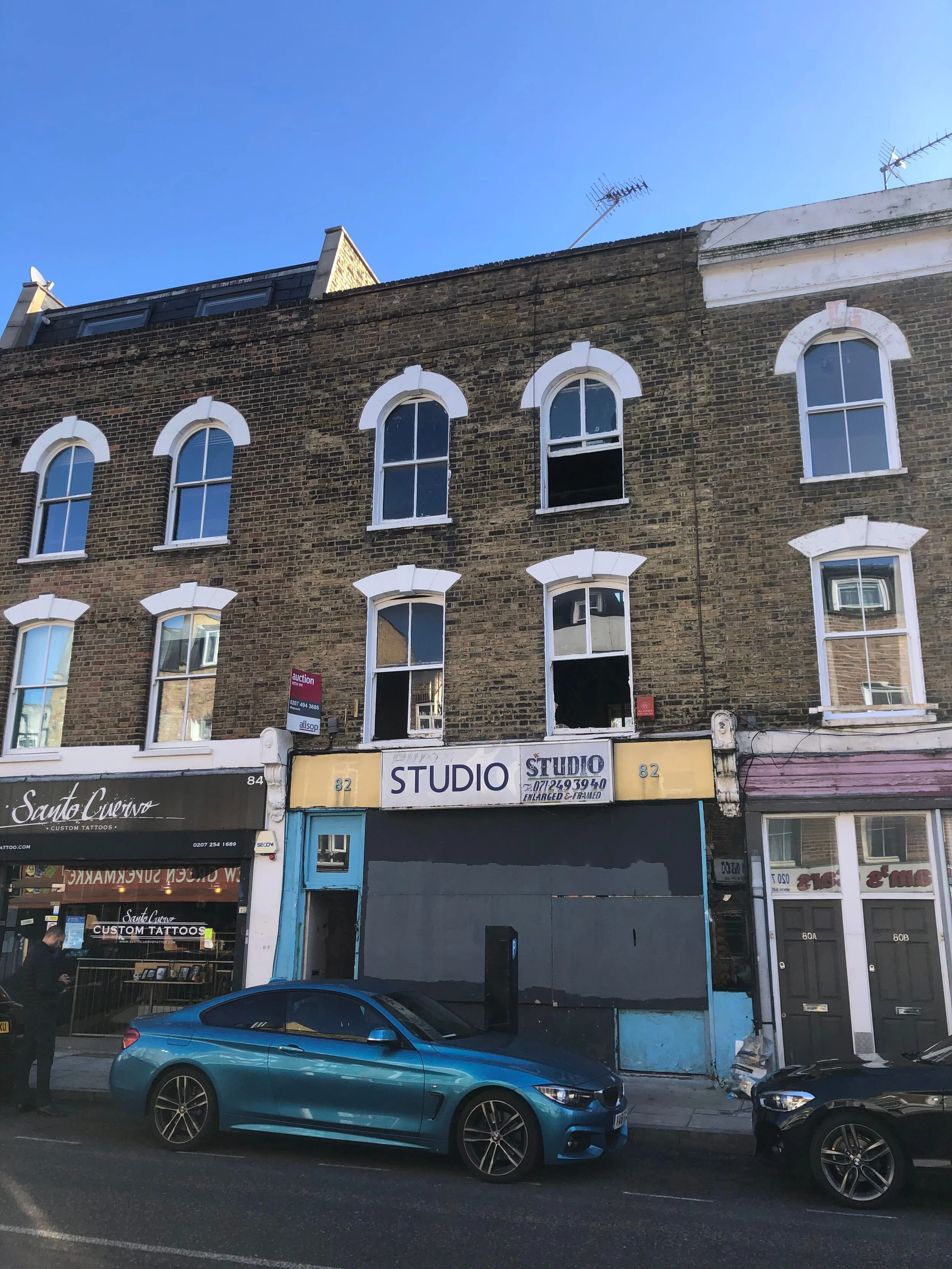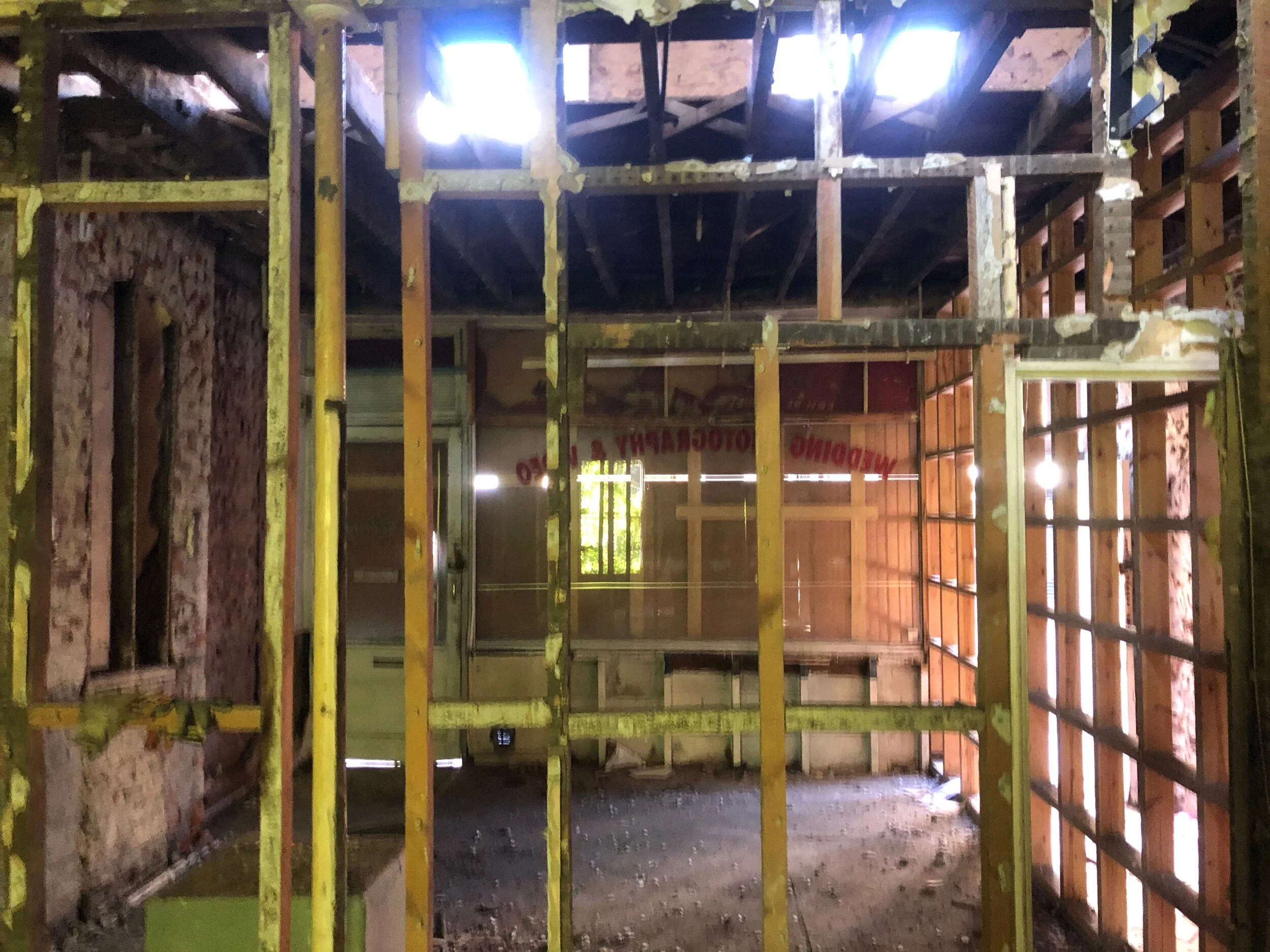
If you have purchased any of the following types of property there is a very good chance you will be eligible for a refund of SDLT:
Buildings arranged as 6 or more flats
6 or more residential properties purchased in one transaction
Properties in Shell Condition
Fire Damaged Properties
Part built or part converted buildings
Part Exchange Properties
Long Term Empty Properties
Chain Saving Purchases
Mixed Commercial/Residential Purchases
Purchases from Executors
Houses which are to be demolished
Houses with Fields, Paddocks and Farmland
This is just a selection of some of the more common grounds for a refund, there are some which are more obscure but still highly relevant to property companies and investors.
Case Studies

The subject of SDLT refunds is widely misunderstood. Sometimes a transaction might qualify for a refund on more than one basis. Even if you’ve had a refund of SDLT have you had all you are due? The two case studies below illustrate the importance of getting the right advice.
Case Study One
Our client purchased this shop and three flats in shell condition. The purchase price was £1,125,000 and an SDLT figure of £45,750 was indicated by the online calculator. Our client duly paid this sum.
By providing concise evidence to HMRC demonstrating how long the property had been empty we were able to secure a refund in excess of £36,000, the refund was received within a month of submission.
Case Study Two
Our client purchased this substantial country house with generous gardens together with a large field let to a farmer. Our client paid £256,250 in SDLT and we were able to obtain a refund for them of £154,825.54 by establishing with HMRC that the income from the field altered the way in which SDLT should be calculated.
Even if you’ve previously had a refund of SDLT, you may still be due further monies. To find out call Stampback 07985 176111.



